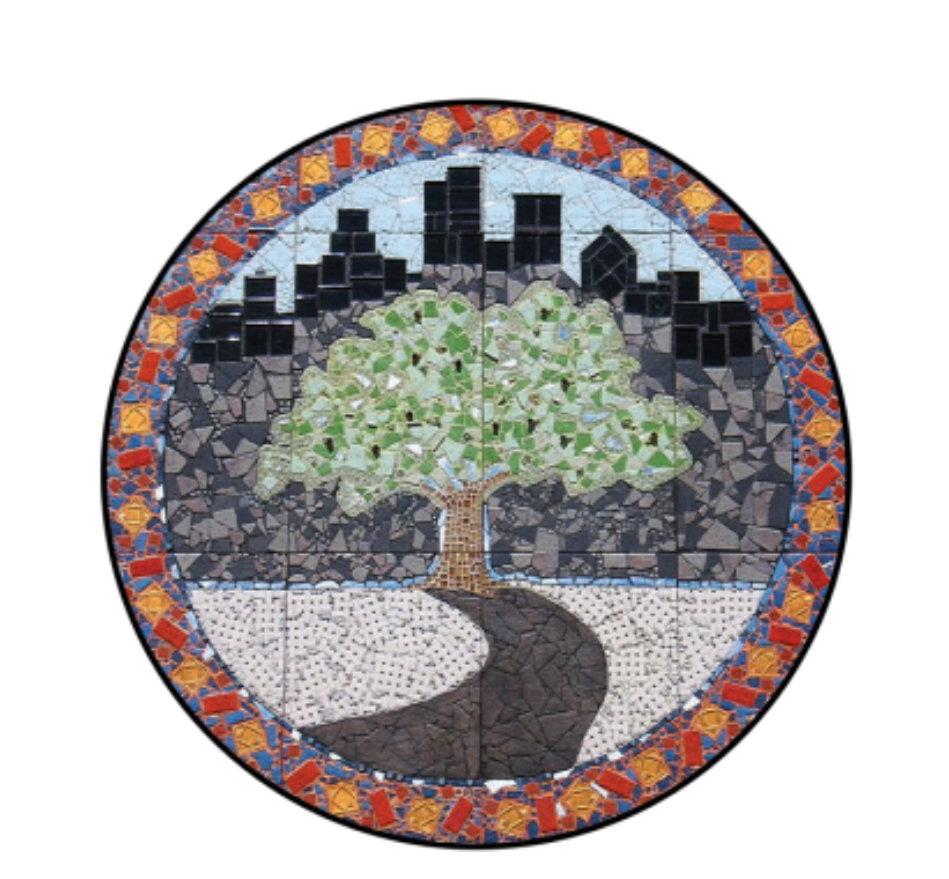City Neighbors 7th and 8th graders “Speak Out”: Using Project-Based Learning to Catapult Student Achievement
“Show me what democracy looks like! THIS is what democracy looks like!” is a popular activists’ chant used during protests to make their voices heard.
However, democracy also looks like the picture above, where students have read books, news, and research articles to find out about issues plaguing their communities and came to City Hall to share their recommendations to government officials to resolve these issues and getting in the practice of being active citizens in their world. Every child deserves to be able to use their voice to share their truth.
Middle schoolers are at a prime age to tackle social justice issues. At this point in their lives they are becoming more outspoken and defiant. As educators we need to use this energy to our advantage and create literal platforms for them to be BRAVE.
During the first trimester, my students had the opportunity to study three different social justice issues: police brutality, gun violence in schools, and food deserts in Baltimore. My hope was that, by providing choices, my students would be able to access the curriculum no matter their interest.
A first step in developing a project-based unit is to create an essential question that is interesting to the students. Our question became “Do we have a right to . . . ?” The ellipsis became the heart of our conversations and produced many more questions to answer. Using the The Teachers College Reading and Writing Project Social Justice Book Groups Curriculum as an aid, students explored many fictional and real worlds through books and dialogue during student-led book discussions.
Students read books like The Hate U Give by Angie Thomas, Ghost Boy by Jewell Parker Rhodes, Give a Boy a Gun by Todd Strasser, #Never Again by the Hoggs, Chew on This by Eric Schlosser, and Omnivore’s Dilemma by Michael Pollan to become subject matter experts.
Students participated in jigsaw groups learning the history behind their social justice movements. They read about solutions other young people had enacted to make changes in their communities. In many ways, students learned from each other by relying on one another to meet their page goal, finish their research for a presentation to a classmate, etc. Students became increasingly more responsible to the whole group since they were the experts as opposed to the teacher. Students even wrote literary essays about their books and argumentative essays about the climate of the issues.
The unit culminated with a “Speak Out” at City Hall. While the event did not happen as it was originally planned (that’s a story for another day) it was an amazing experience. I worked with Councilman Brandon Scott’s office to create a platform. However, once we got there it was the students’ responsibility to share their truths. Councilman Scott even offered to share the students’ moving speeches with other elected officials in Baltimore and across the state.
My students left with official resolutions from Councilman Scott, had a chance to take a picture with the Mayor, and much more! Project-based learning helps give PURPOSE back to the student, allowing them to take the reins and steer their own learning. The best learning happens when students don’t even realize it is happening. Project-based learning creates authentic opportunities for students to engage with their own realities. We must aim to make education practical and life changing! “THIS is what democracy looks like!”
Written by: Brittany Brown, Middle School Humanities, City Neighbors Charter School




